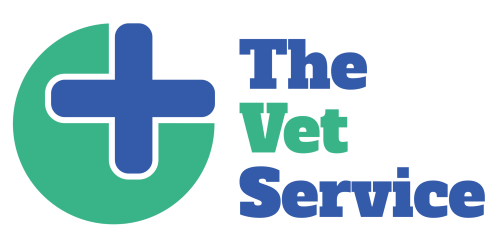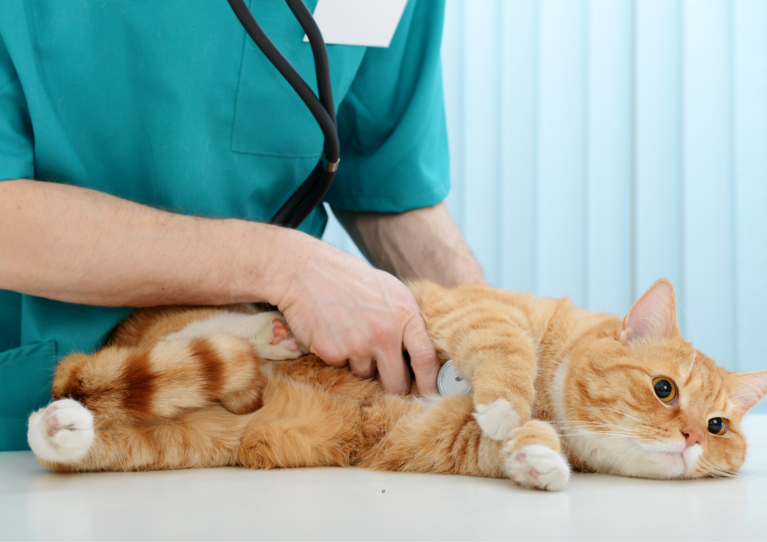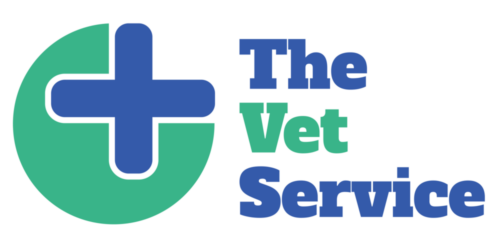Dr Hannah Godfrey BVetMed MRCVS
Taking and interpreting radiographs and performing ultrasound scans are skills that veterinary surgeons are expected to have to some level. Most Veterinarians feel confident diagnosing a pyometra, finding a pregnancy, or evaluating a fracture. But, if your interest and skills demand a higher caliber of diagnostic challenges, you could find yourself assessing smaller structures, like the adrenal glands, a patent ductus arteriosus, or a portosystemic shunt. Of course, ultrasound and radiography are just two modalities of diagnostic imaging. More and more often, CT and MRI scans are being used to give more detailed cross-sections of the bones and soft tissues.
Why not register with The Vet Service and explore your options? If you are not yet a specialist, we provide a range of options, including graduate vet jobs. So, if you’re looking to advance as a Veterinary Radiologist/Diagnostic Imager, how do you go about it?
How can you improve your skills as a diagnostic imager?
Being a practical skill, getting better at diagnostic imaging takes time. Of course, the theory is important too, so don’t think you can avoid books altogether. However, a hands-on approach is the best way to improve your skills:
Continued Professional Development (CPD)
There are some excellent, comprehensive diagnostic imaging courses available that include scheduled practical sessions. This might mean spending a couple of afternoons scanning abdomens, performing echocardiograms, or taking part in a film reading workshop. Try to choose a well-reviewed Veterinary CPD provider, with small numbers of delegates to each available expert. This will facilitate plenty of direction and ensure that you gain as much confidence and knowledge as possible.
Shadowing
While you’re in practice, you can still be honing your imaging skills. Ask if you can shadow colleagues who are more experienced, and, when you can, try to get involved in the interpretation of their radiographs and scan images. By dedicating time to it every day, you’ll progress faster.
How do you become a Veterinary Radiologist or Diagnostic Imager?
Having excellent diagnostic imaging skills might mean that your caseload increases as colleagues refer internally to you. If you’re happy working as a GP veterinarian with an imaging bias, this might work well for you and your job satisfaction. However, if you aspire to advance further, there are a few options:
Certificate
There are a few different types of postgraduate certificates when it comes to Diagnostic Imaging. The range available may vary slightly depending on where you are in the world. In the UK, you might choose to do a GPCert or PgC in Diagnostic imaging, or an RCVS Certificate in Veterinary Diagnostic Imaging (CVDI). You could also enrol at one of the RCVS-accredited centres that offer CertAVP training. To obtain a designated Certificate in Advanced Veterinary Practice for Diagnostic Imaging, you must complete six modules in total and sit a synoptic examination. It’s important to realise that, although a certificate acknowledges your advanced veterinary skills, it does not make you an accredited veterinary specialist.
EBVS Diploma
If your goal is to become a specialist in veterinary diagnostic imaging, you’ll need to complete residency training before undertaking examinations to obtain an EBVS Diploma. During your residency, you’ll work under a specified diplomate, who will supervise your work and act as a mentor. Residencies take a minimum of three years and involve intense training. Once you’ve completed your examinations at the end of the training, you’ll be an accredited specialist.
Tips for becoming a Veterinary Radiologist or Diagnostic Imager
If you’re looking to improve your imaging skills, here are a few things to consider:
Choose a well-equipped practice
When looking for a job, check that their imaging facilities match your expectations. If their x-ray machine is forty years old or they’re still using a manual film processing technique, the practice might not be suitable for your needs.
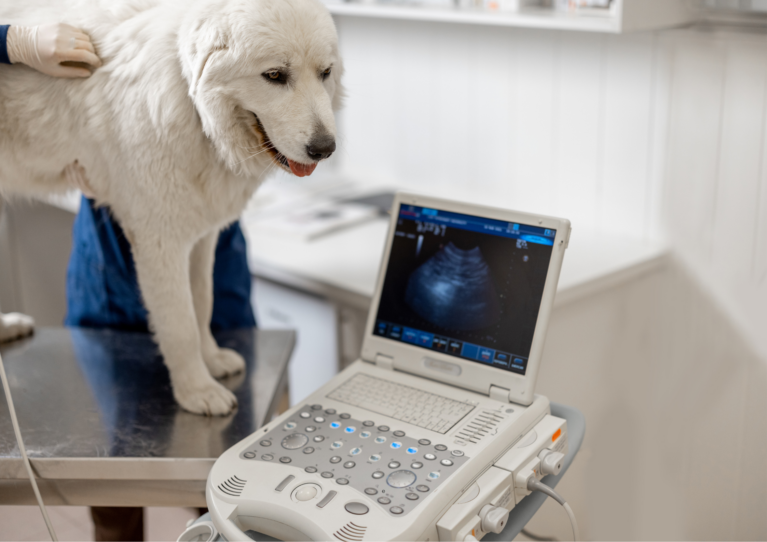

Find the right employer
If you want to embark on extra training, you’ll need the support of your employer. Find out what their Vertinary CPD allowance is, both in terms of money and time. If you’re not going to have the time to practice your newly developed skills, it’ll take a lot longer for you to improve, so check they can accommodate your learning.
Find the right caseload
In order to improve your skills, you’ll need the right caseload. A practice that has too small a caseload might not offer you the experience you need. You might also find it useful to choose a practice that accepts imaging referrals and has advanced imaging like CT and MRI.
Spend time at placements
If you’re happy at your place of work but it doesn’t provide the experience that you need, you don’t necessarily need to leave. Why not organise some placements at nearby referral centers where you can see practice and gain more experience? You might even find somewhere that you’d love to work when your training is complete.
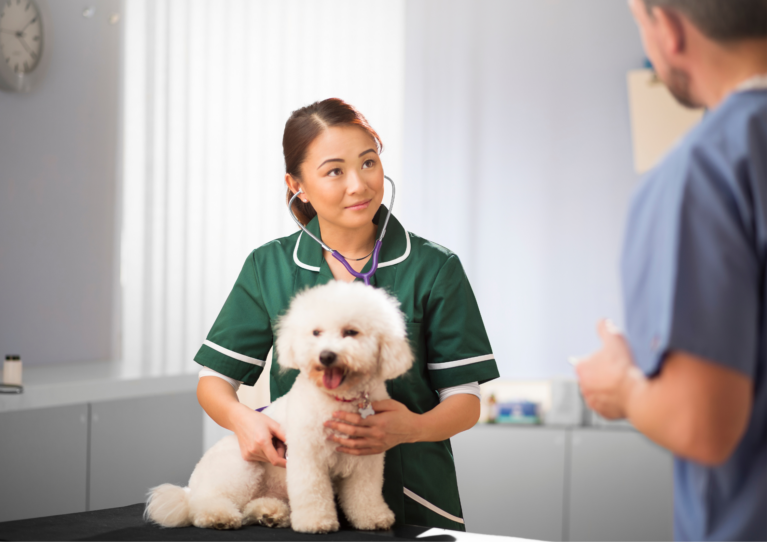

Find a mentor
If another vet in your workplace is experienced or has additional qualifications in diagnostic imaging, it could be helpful to ask them to mentor you. Having someone nearby who can answer any clinical questions you have and help you improve your skills could be really valuable.
Conclusion
If you enjoy or are fascinated by diagnostic imaging, there are plenty of veterinary career paths to suit you. You might wish to remain a GP vet so that you can still experience general practice. Equally, you might want to focus on small animals, farm animals, or equine. If you want to get out and about, you could become a specialist and offer a mobile service, or if you prefer you could work at a referral practice. Whatever you decide, with the right support you should be able to achieve your goals.
Get in touch with The Vet Service today to see how we can help with your vet career. We have lots of opportunities available! Register Today!
If working globally is something you’re interested in we have a diverse range of roles available worldwide: Vet Jobs in The USA, Vet Jobs in Australia, Vet Jobs in New Zealand, Vet Jobs in Canada, and further international vet jobs.
